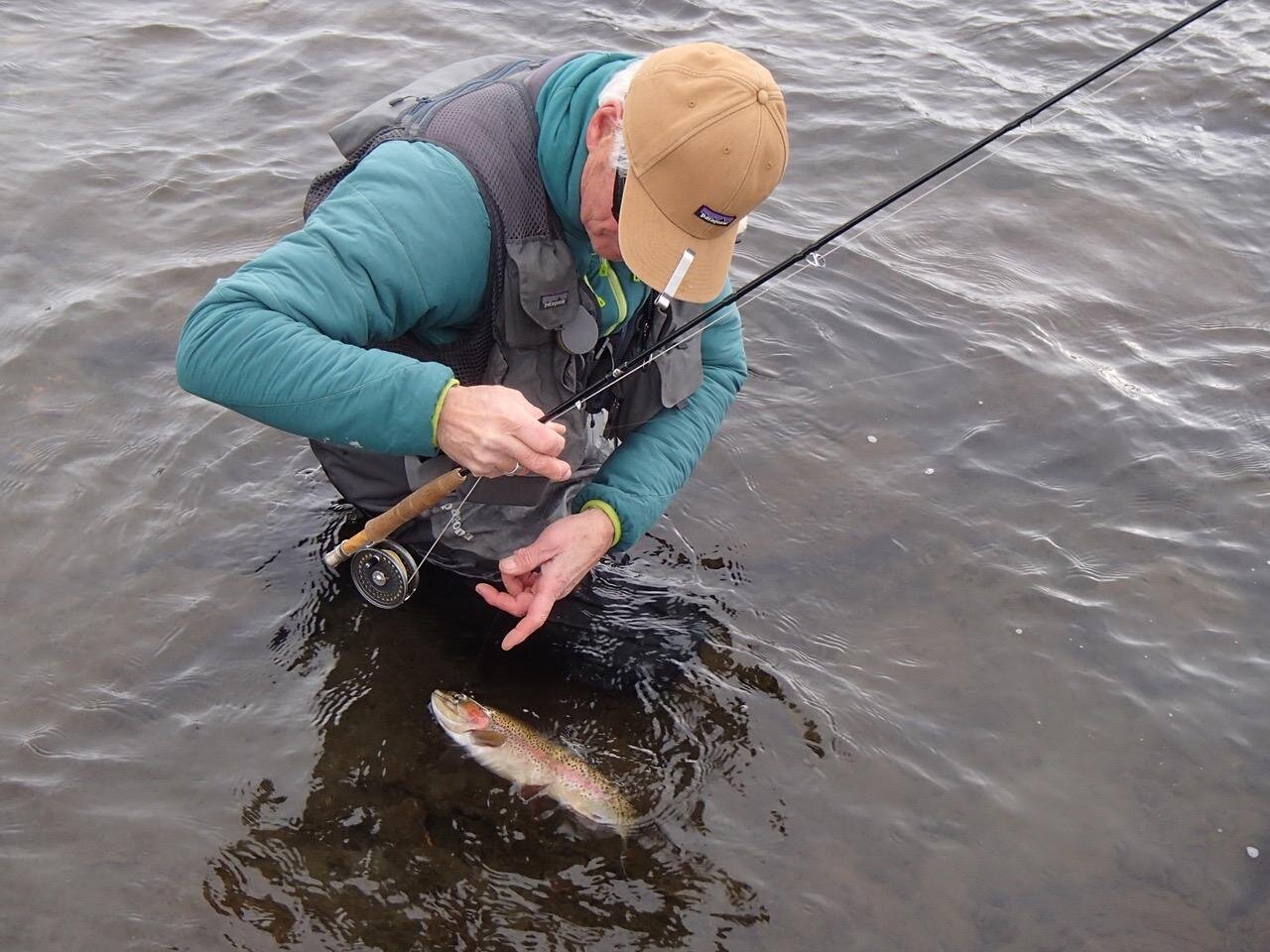It could’ve all been locked up, and it would have looked a lot different.
Think how the $3 and Raynolds Bridge areas would look if the miles of river front and thousands of acres of uplands were developed and dotted with homes. Consider if we sat back and allowed the Oliffee and $3 Ranches between Raynolds and $3 and its incredible wildlife population of grizzly and black bear, wolverine, elk, moose and pronghorn, bighorn sheep and mule deer to be sold, developed and under lock and key with no public access. Today though, these thousands of acres and miles of native and wild trout habitat are protected and open to the public for fishing, birdwatching, hiking and hunting, FOREVER.
When we began the $3 Bridge Access Project no one thought we could complete it. But, thanks to partners like the late Alex Diekmann of Trust for Public Lands and River Network’s Hugh Zachiem (now Western River Conservancy), private land owners like the Oliffee Ranch family and Bob and Annie Graham of $3 and Elk Meadow Ranches we completed this incredible program that serves as a model continuing the conservation program forward protecting 55% of the Madison River and its valley from harmful streamside and upland development.
I am proud to work with these partners for over 20 years and continue projects that protect, preserve and enhance the valley for future generations.
We’ve done a lot, but there’s far more to do. Stay here to keep informed.
Check out our short video of how it began!
Craig Matthews speaks about conservation and The Trust For Public Land at $3 Bridge on the Madison River, Montana.


























